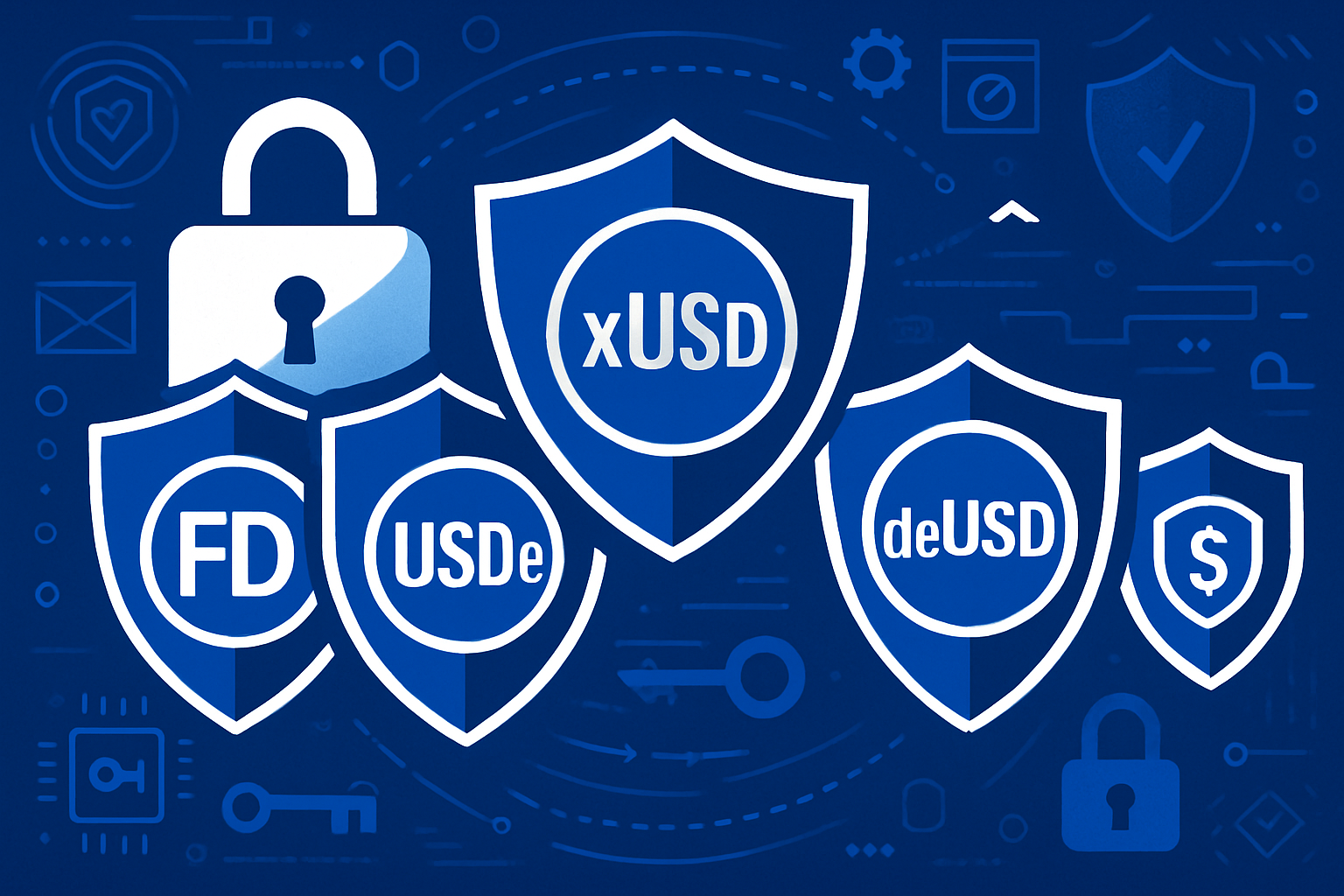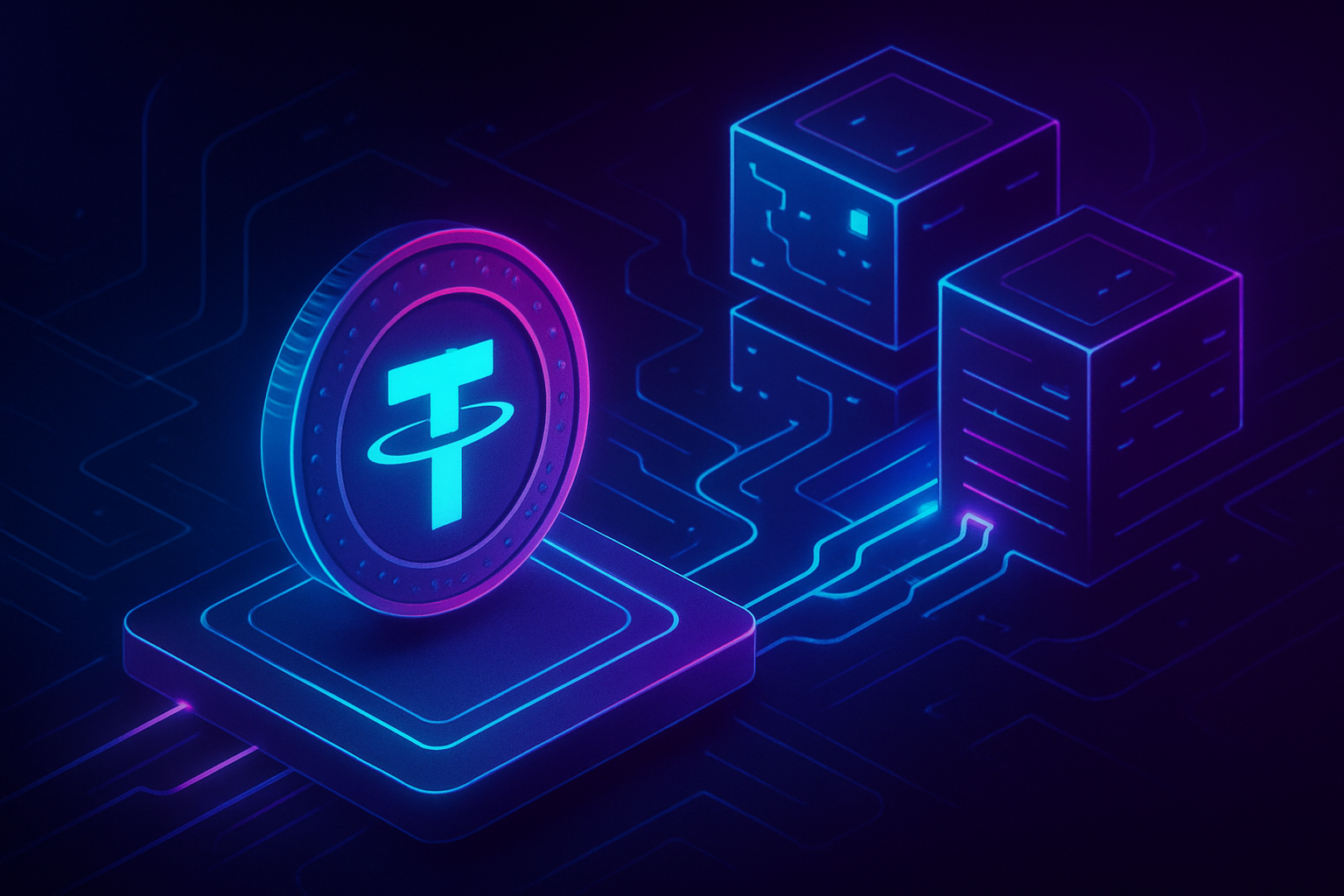
Stablecoin infrastructure is undergoing a seismic shift as Stablechain emerges as a dedicated Layer 1 blockchain optimized for Tether’s USDT. This new paradigm is not just about speed or cost; it’s about fundamentally rethinking how stablecoins are integrated into core blockchain operations. By design, Stablechain addresses the most persistent pain points in stablecoin usage: unpredictable fees, settlement delays, and operational friction when transacting across platforms or borders.

USDT-Native Gas: Eliminating the Volatility Barrier
Traditional blockchains require users to hold a separate native token (like ETH or SOL) to pay for gas. This introduces volatility risk and complicates onboarding, especially for non-crypto-native users who simply want to transfer stablecoins. Stablechain resolves this by making USDT the native gas token. Users pay transaction fees directly in USDT, aligning the payment and fee currency for seamless accounting and user experience.
This innovation makes microtransactions practical. For instance, remittances or micropayments that previously suffered from high minimum fees now become viable due to gas-free peer-to-peer USDT transfers. The predictability of costs, combined with the elimination of multiple token holdings, lowers barriers to adoption for both individuals and enterprises.
Sub-Second Settlement and High Throughput: Real-Time DeFi Payments
The technical backbone of Stablechain is built for speed and reliability. With sub-second block times and finality, transactions are processed in near real-time – a critical feature for businesses that require instant settlement. According to bsc.news, the chain can handle thousands of transactions per second even during peak demand, ensuring network resilience without prohibitive costs.
This throughput is not just theoretical; it’s actively being leveraged by developers building payment solutions that need both scale and stability. For DeFi protocols handling high-frequency trades or payment processors facilitating global commerce, Stablechain’s architecture guarantees consistent performance.
Key Benefits of Using USDT as Native Gas on Stablechain
-

Eliminates the Need for Volatile Gas Tokens: Users pay transaction fees directly in USDT, removing the requirement to hold separate, fluctuating cryptocurrencies for gas. This simplifies the user experience and reduces exposure to market volatility.
-

Gas-Free Peer-to-Peer USDT Transfers: Stablechain enables gas-free USDT transfers between users, making small payments, remittances, and micropayments practical and cost-effective.
-
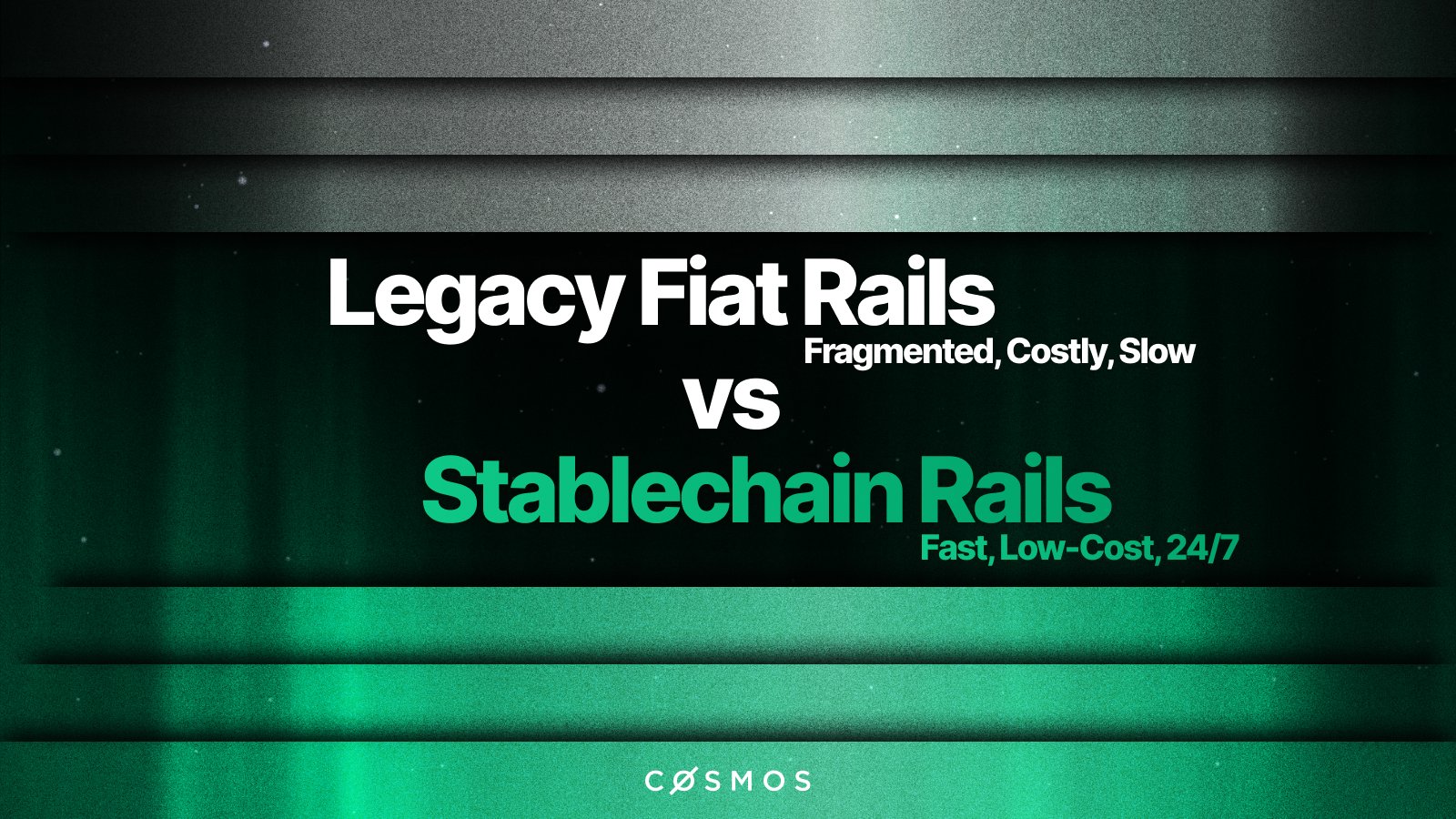
Predictable, Low Transaction Fees: Paying gas in USDT ensures stable, transparent, and low-cost fees, avoiding the unpredictability associated with native crypto tokens.
-

Sub-Second Settlement and Finality: Transactions on Stablechain achieve sub-second block times and instant finality, supporting real-time settlement for both consumers and enterprises.
-
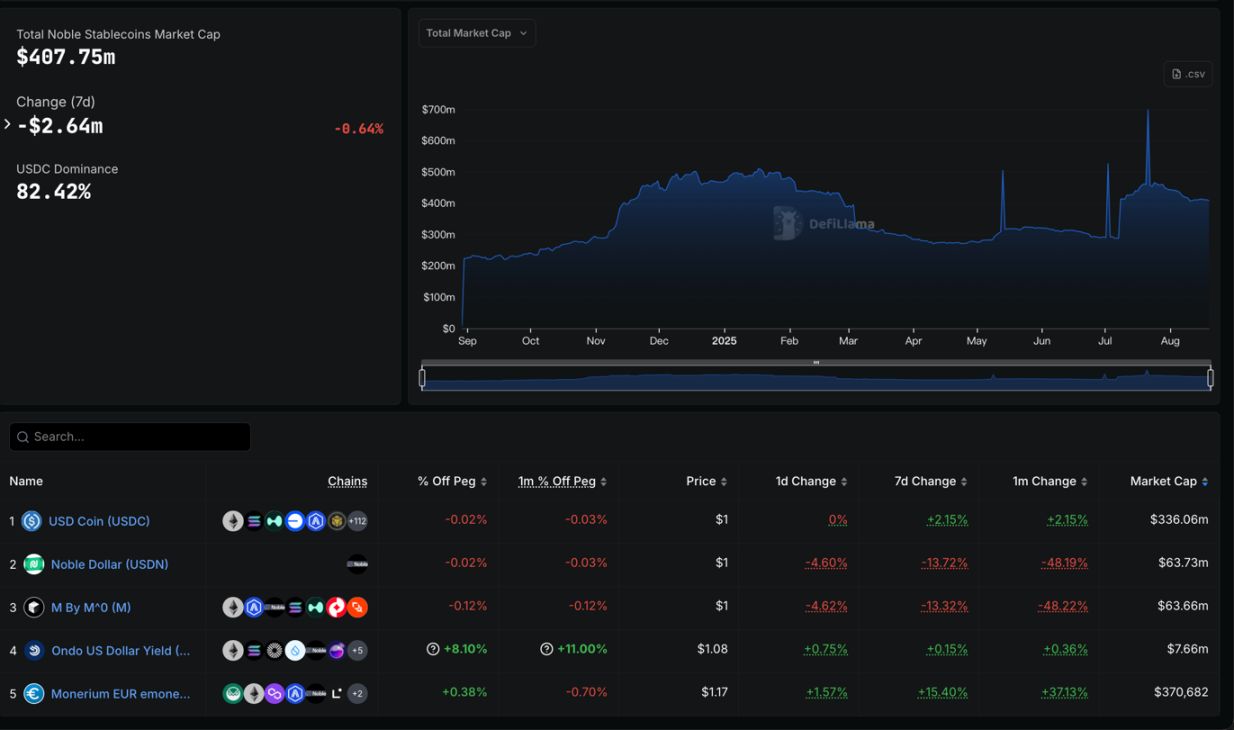
High Throughput for Scalable Payments: Stablechain’s architecture supports thousands of transactions per second, ensuring reliability and efficiency even during periods of high demand.
-
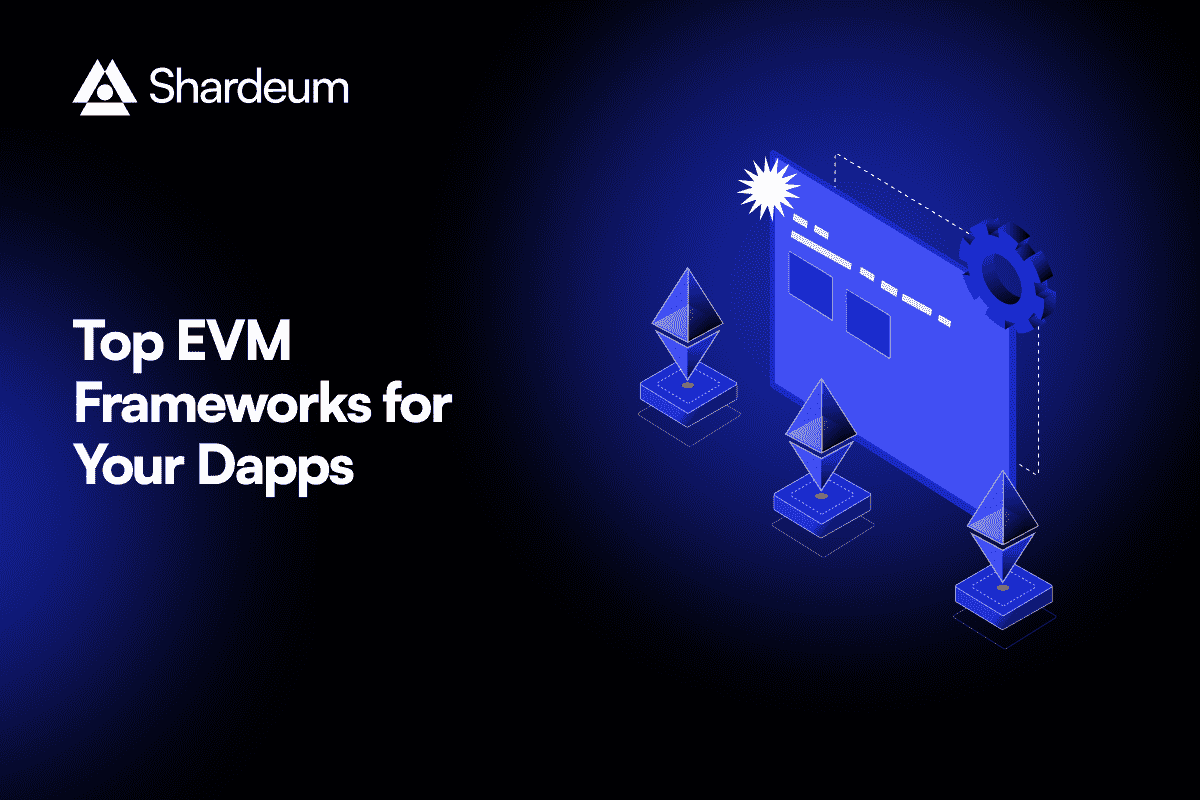
EVM Compatibility for Developers: Full Ethereum Virtual Machine (EVM) compatibility allows developers to deploy decentralized applications using familiar tools, but with improved speed and cost efficiency.
-

Enterprise-Grade Features: Stablechain offers dedicated blockspace allocations for enterprises, guaranteeing consistent transaction performance and confidential transfers using zero-knowledge cryptography.
-
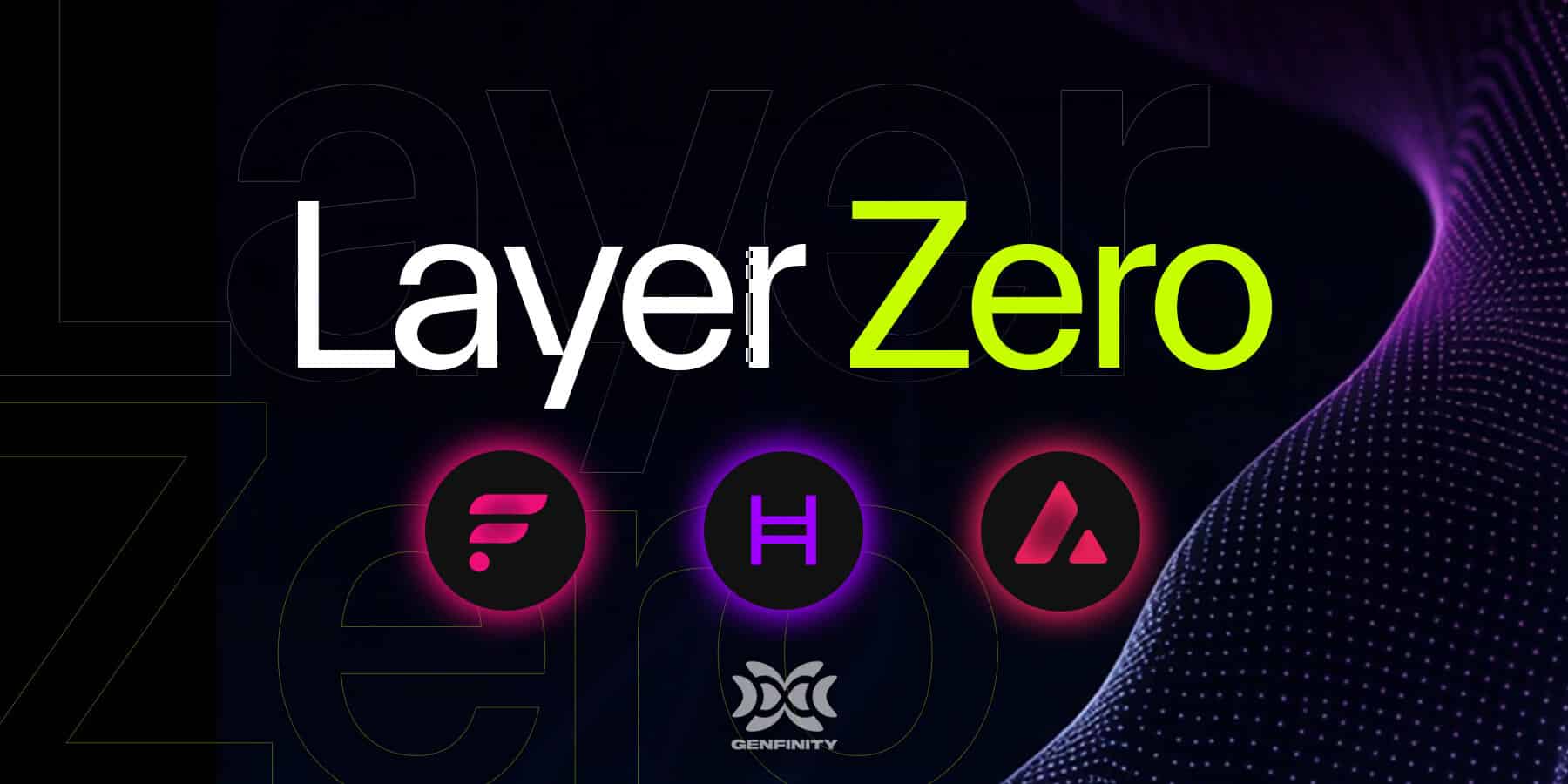
Seamless Cross-Chain Interoperability: Integration with USDT0 and LayerZero enables gas-free peer-to-peer transfers and smooth movement of USDT across multiple blockchains.
EVM Compatibility and Enterprise Features: Bridging TradFi and DeFi
Stablechain is fully compatible with the Ethereum Virtual Machine (EVM), allowing developers to port existing dApps with minimal friction while enjoying improved cost efficiency and speed. The integration with USDT0 (a LayerZero-enabled version of USDT) further enhances interoperability across chains, supporting gas-free peer-to-peer transfers and seamless cross-chain settlements.
Enterprises gain additional advantages through dedicated blockspace allocations – ensuring transaction prioritization even during network congestion – as well as confidential transfer capabilities using zero-knowledge cryptography. This approach keeps sender/recipient addresses visible for compliance while obfuscating transaction amounts to maintain privacy.
The roadmap ahead includes optimistic parallel execution to further boost throughput, plus a planned shift toward DAG-based consensus mechanisms for even greater scalability (source). Backed by industry leaders like Bitfinex and leveraging the expertise behind USDT0, Stablechain positions itself as a central hub consolidating global USDT liquidity across networks.
Security is a core focus for Stablechain’s next-generation stablecoin Layer 1 infrastructure. The platform’s architecture incorporates rigorous auditing, formal verification of smart contracts, and multi-layered consensus safeguards to minimize the risk of exploits and systemic failures. This is particularly relevant as DeFi users and institutional participants demand higher standards for asset protection and operational transparency. By offering confidential transfer capabilities through zero-knowledge proofs, Stablechain balances regulatory compliance with privacy, sender and recipient addresses remain visible while transaction amounts are concealed.
The introduction of gas-free peer-to-peer USDT transfers is a breakthrough for use cases like remittances, payroll disbursements, and microtransactions. For developers, EVM compatibility means they can leverage existing Ethereum tooling while taking advantage of Stablechain’s superior speed and cost profile. This streamlines the migration of dApps from legacy chains without sacrificing developer experience or composability.
Enterprise Adoption and Cross-Chain Liquidity: A New Standard for Stablecoin Payment Networks
Stablechain’s enterprise-focused features, dedicated blockspace allocations, real-time finality, and robust throughput, are engineered to support large-scale payment networks and financial institutions. This guarantees that mission-critical transactions remain unaffected by network spikes or retail congestion. Moreover, the integration with LayerZero-enabled USDT0 provides seamless interoperability with other leading blockchains, consolidating liquidity pools and simplifying cross-chain settlements.
For businesses operating in high-frequency environments or requiring predictable costs, USDT as native gas removes exposure to volatile fee markets. Transaction fees are both transparent and stable, which is essential for accounting accuracy in global operations. According to Stablewatch, this predictable fee model is already driving adoption among fintech platforms seeking to offer international payments without hidden costs or settlement delays.
Enterprise Use Cases Enabled by Stablechain’s Instant Settlement
-
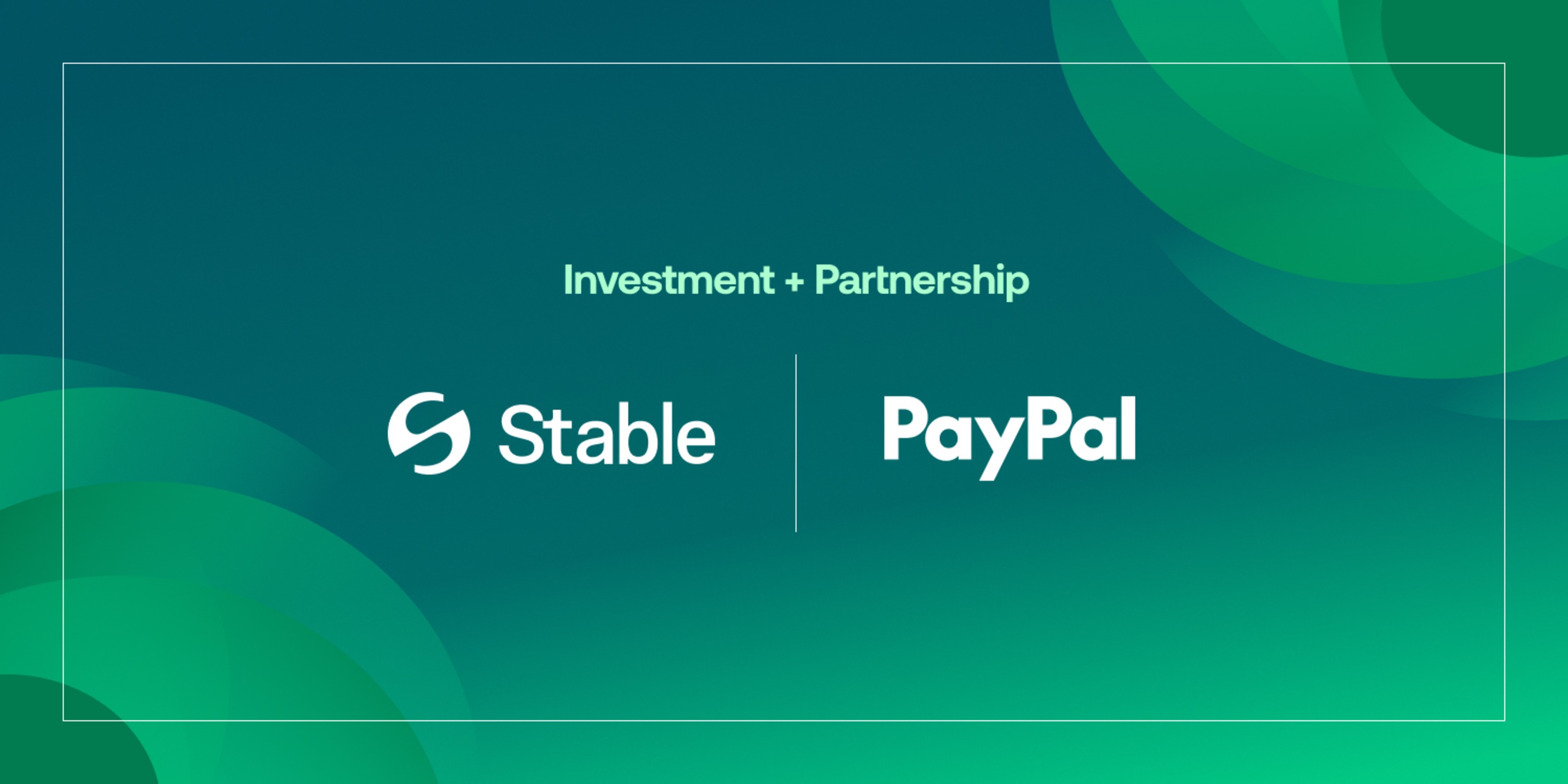
Real-Time Cross-Border Payments: Stablechain’s sub-second finality and USDT-native gas model enable enterprises to settle international transactions instantly, reducing counterparty risk and eliminating the need for pre-funding accounts across multiple jurisdictions.
-
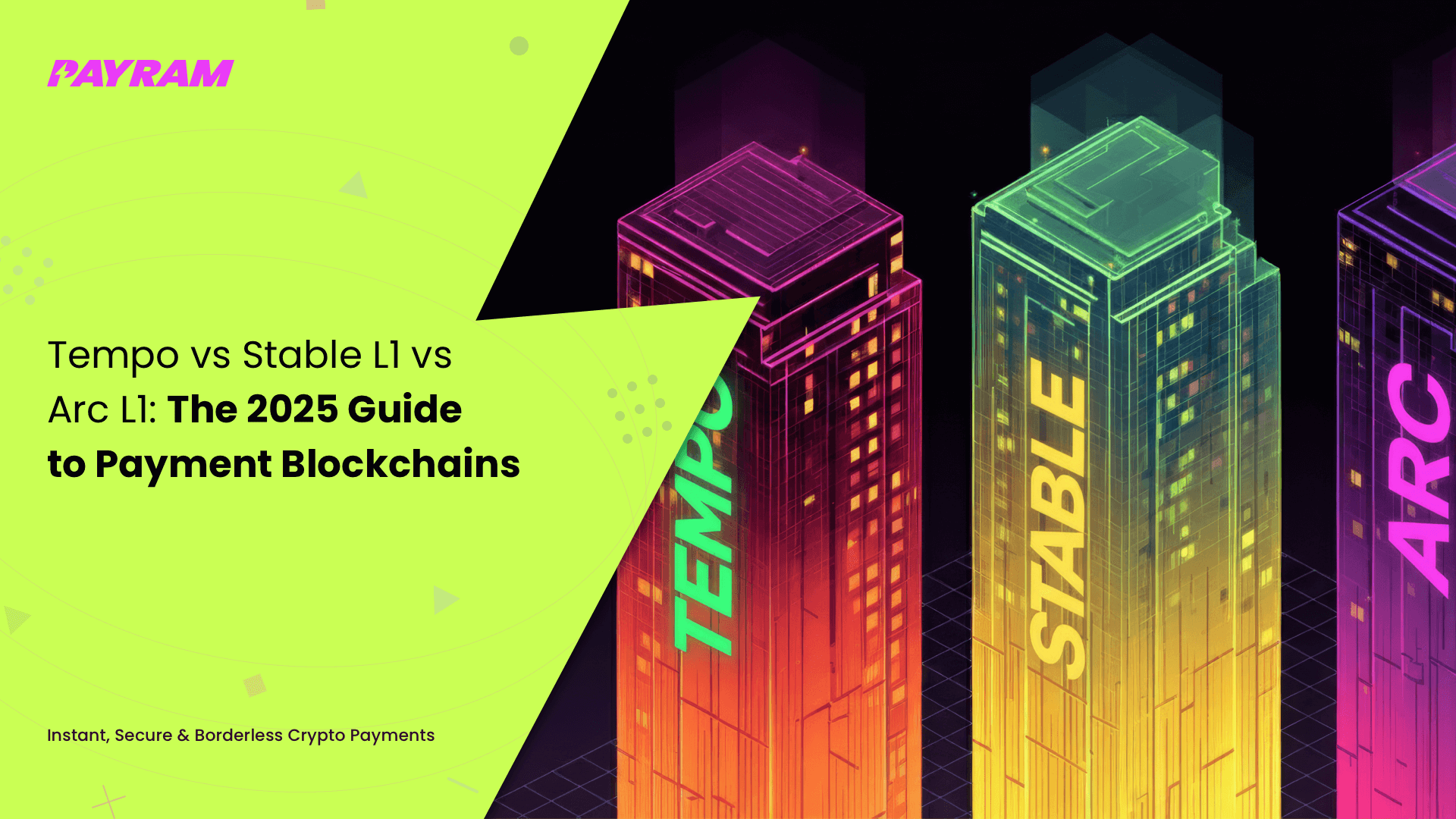
Automated Treasury Management: With dedicated blockspace and predictable, low-cost USDT fees, corporations can automate high-frequency treasury operations such as payroll, supplier payments, and liquidity balancing with near-instant settlement and full auditability.
-
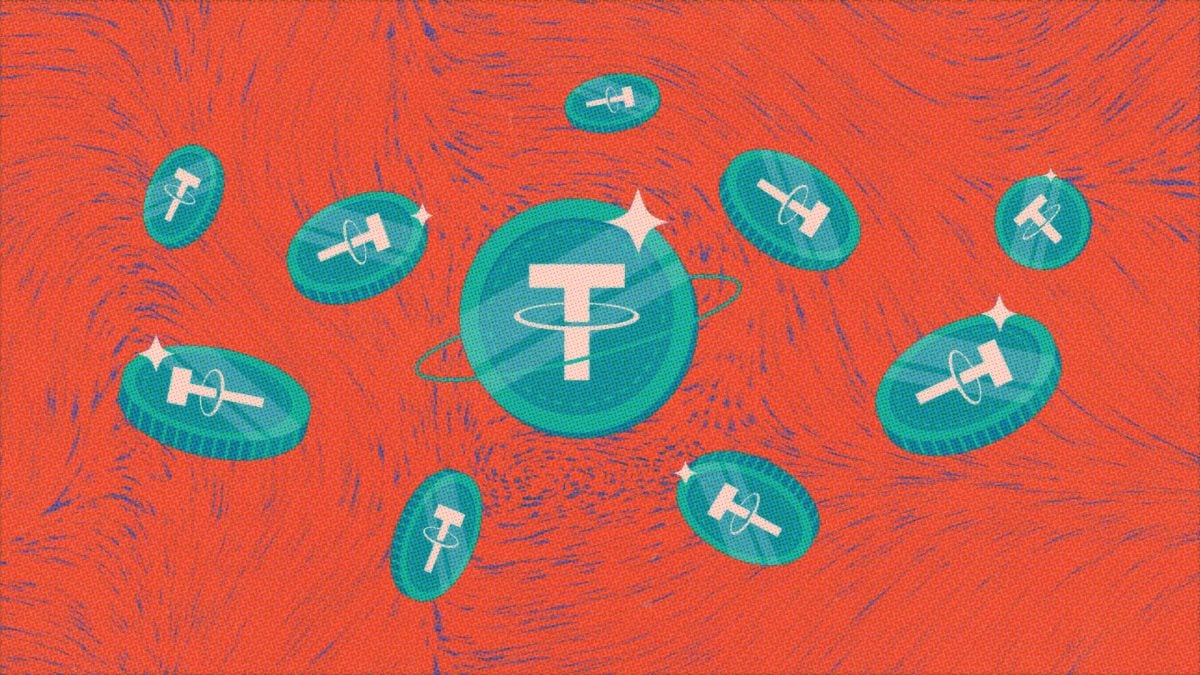
On-Chain Merchant Settlement: E-commerce platforms and payment processors can leverage Stablechain’s gas-free peer-to-peer USDT transfers for instant, low-fee merchant payouts, improving cash flow and reducing reconciliation times.
-
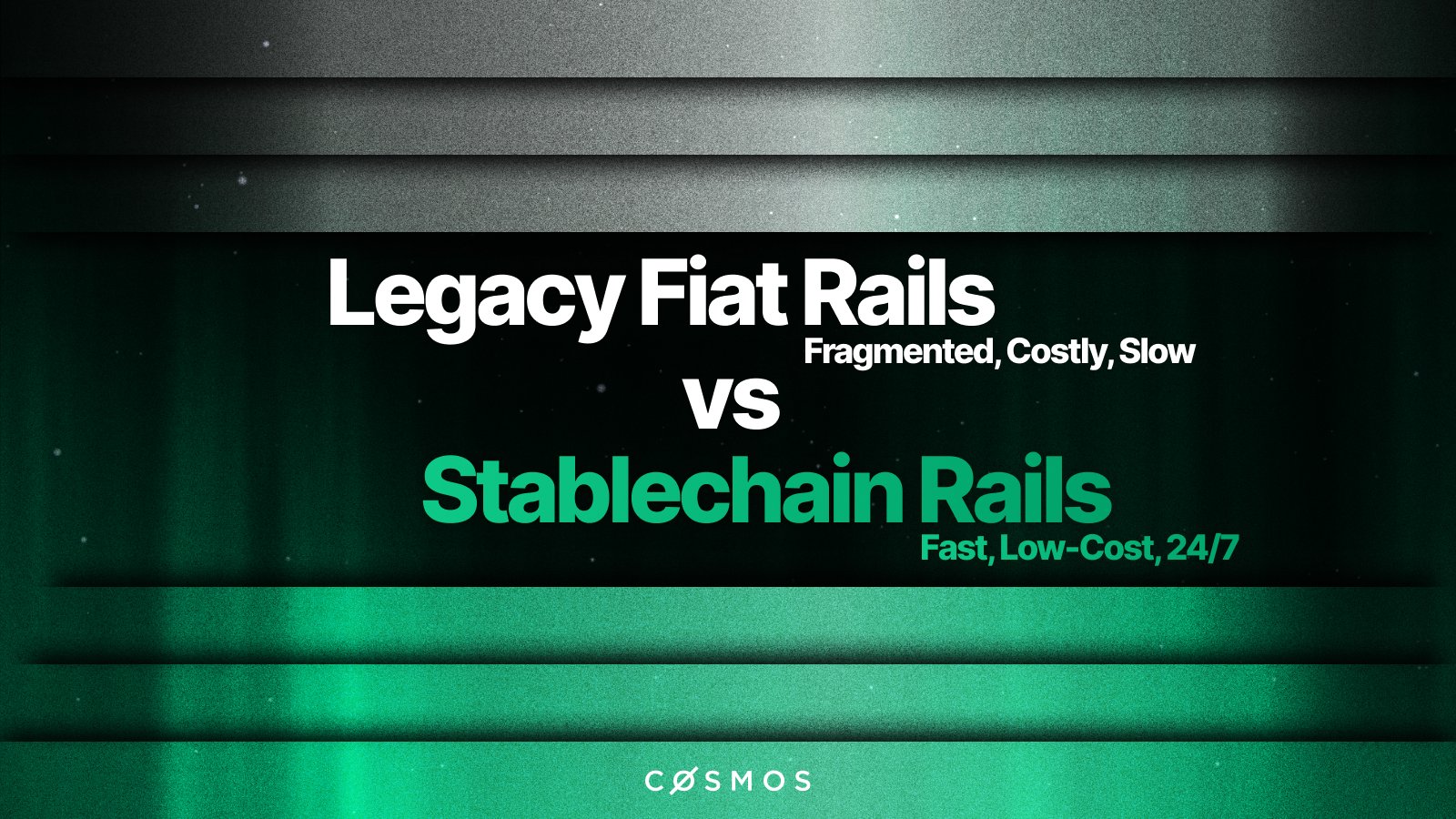
Confidential B2B Transactions: Enterprises can utilize Stablechain’s zero-knowledge cryptography features to conduct confidential transfers, concealing transaction amounts while maintaining regulatory compliance and audit trails.
-
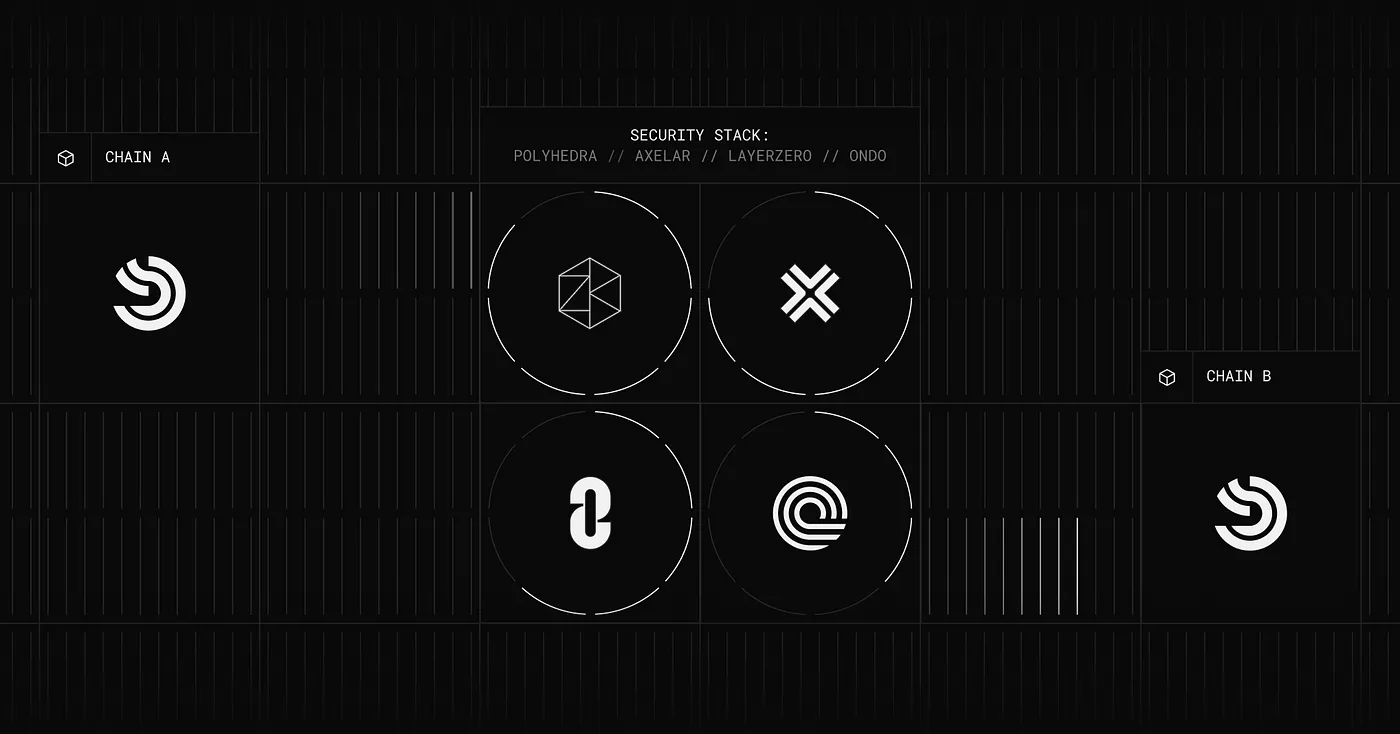
Seamless Multi-Chain Asset Movement: By integrating USDT0 and LayerZero bridging, financial institutions can move USDT across multiple blockchains instantly and cost-effectively, supporting advanced liquidity management and cross-chain arbitrage strategies.
Roadmap: Scaling With DAG Consensus and Parallel Execution
Looking ahead, Stablechain’s development pipeline includes optimistic parallel execution, a technique that allows multiple transactions to be processed simultaneously without compromising security or finality. This will further elevate transaction throughput beyond current benchmarks. The planned transition to a DAG-based consensus mechanism promises even greater scalability, resilience against network attacks, and improved resource utilization (source).
As more stablecoin-backed Layer 1s enter the market, Stablechain stands out by addressing both user experience friction (with USDT-native gas) and enterprise-grade requirements (through deterministic fees and guaranteed blockspace). Its role as a liquidity hub positions it at the center of cross-chain USDT activity, a critical infrastructure layer for the next decade of decentralized finance.




